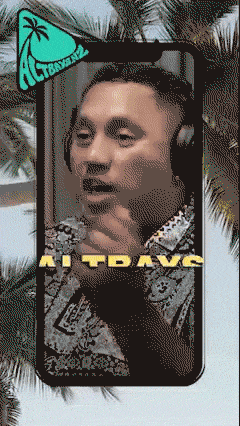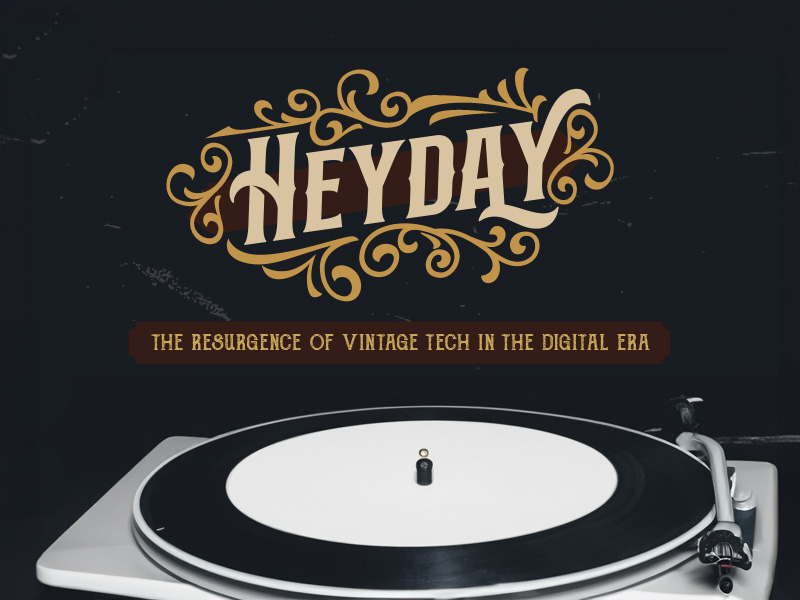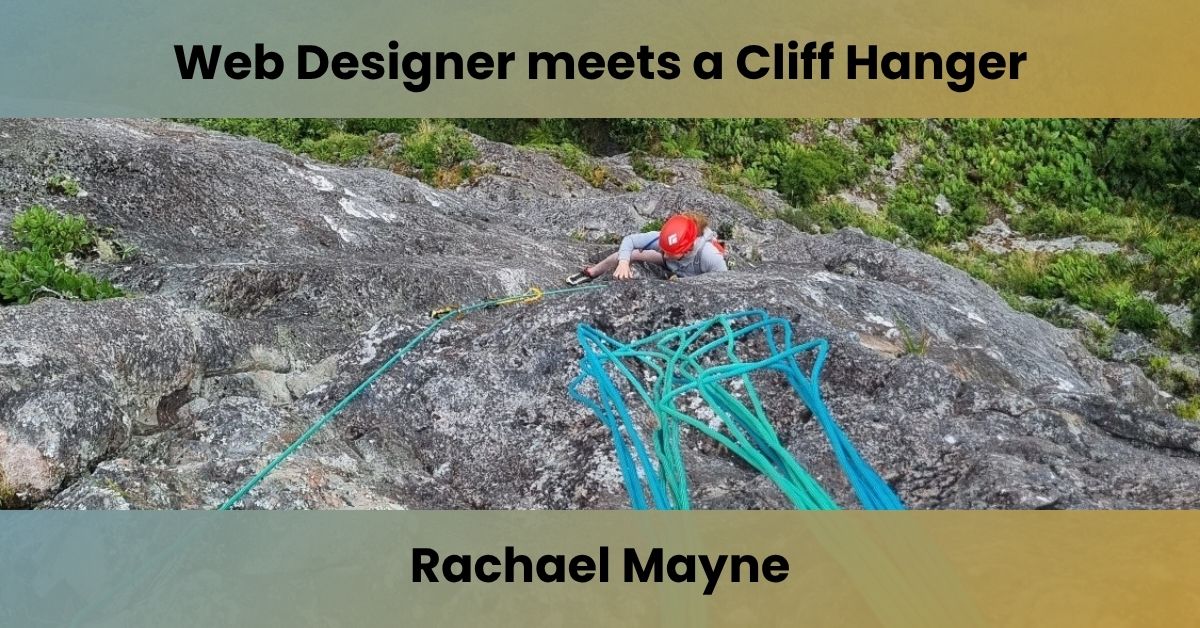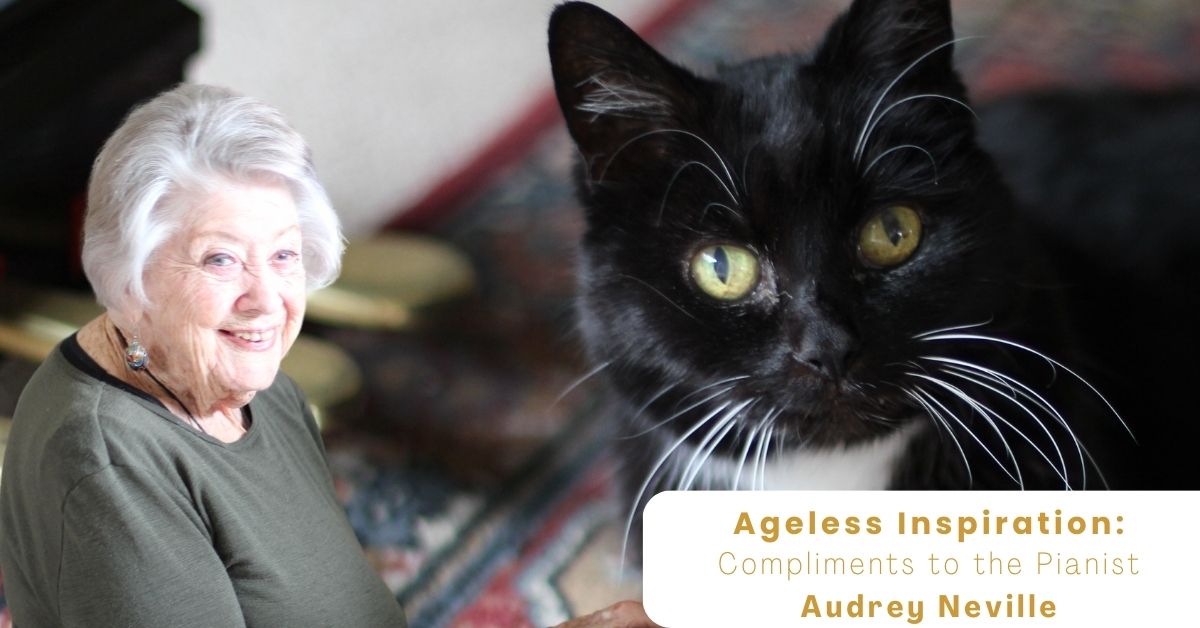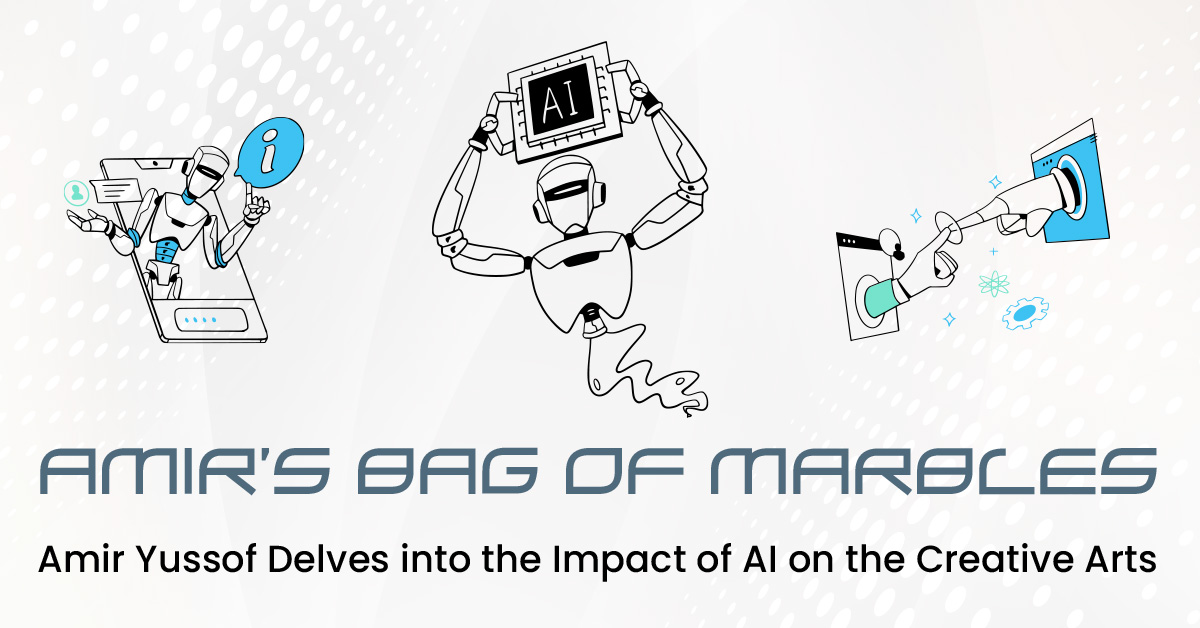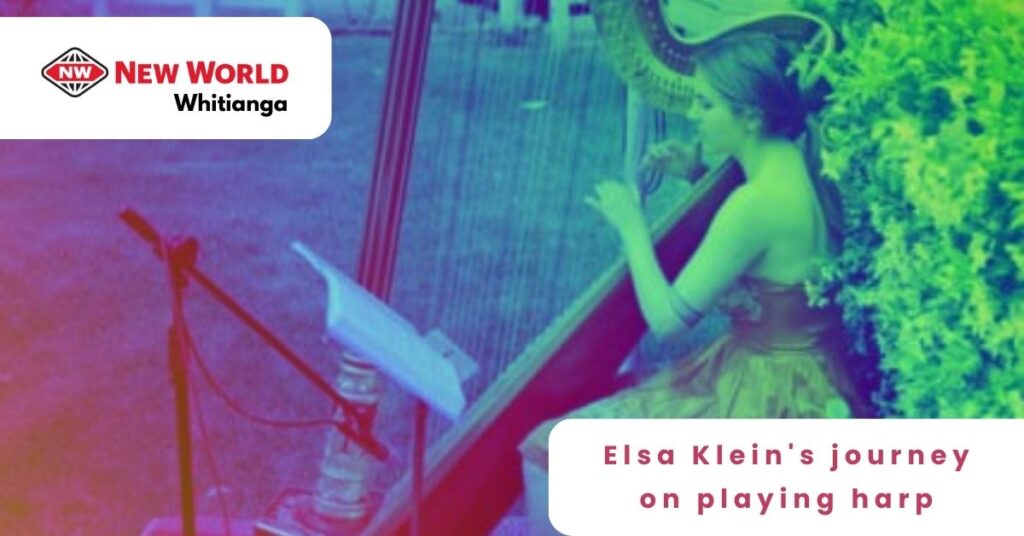
Elsa Klein’s journey on playing harp
Most people picture a harp something like this: Gently falling arpeggios, graceful fingers, and nondescript angelic lullabies … the kind of harp we see in the background of movies to signify affluence and luxury and relaxation.
From the time I could walk, I wanted to play a harp like this. Oh, to be so serene, so refined. My ten-year-old self, clinging to princess daydreams, so desperately wanted to understand that mesmerising, other-worldly instrument.
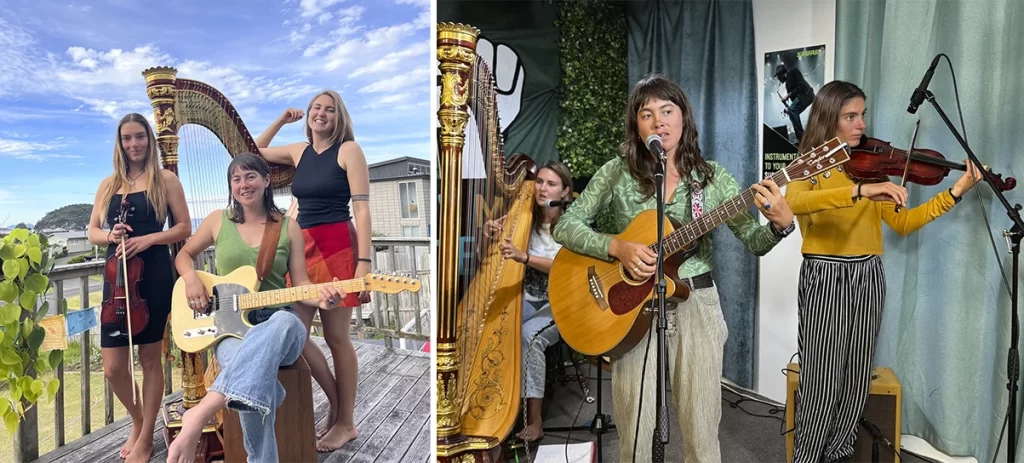
Eighteen years later, I feel entirely differently about what it means to be a harpist.
Growing up, my (terrifyingly supportive) parents propped my early music education with classical lessons, a generational echo of my grandparents who taught high school music. I learned to read music around the same time I began reading words. And my understanding of music – at least the kind I could play – was limited, in my head, to what I could find sheet music for.
I liked the sound of classical songs, but I had no notion of becoming a ‘proper’ musician. I knew I didn’t have the patience to truly master it, and decided at university that it was likely a hobby I’d keep casually on the side.
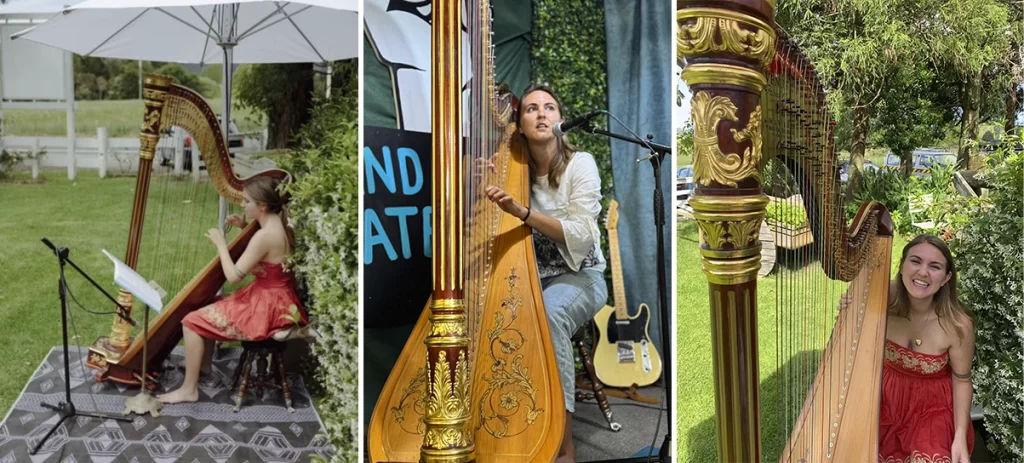
When I came to New Zealand in January 2020, I had only packed summer clothes, intending to stay a few weeks. Five years, a pandemic, a residency, and a reasonably established writing career later, I’m still in Hahei.
At one point along the way, I ended up meeting an incredible musician who happened to also collect harps. I found myself surrounded by out-of-tune lever harps in a yurt in Pakiri without access to my sheet music. That was the first time I started really experimenting. Finding my way with my fingers instead of my eyes, and my instincts instead of my memory. I had tried this on guitar before, but had always assumed it was off limits to the harp.
In general, I remember it sounding quite terrible. You’d have to ask the marimba players in the yurt next door. But that quiet revelation marked a dramatic turning point in my feelings towards music.
When I saw a pedal harp for sale in Napier, I jumped at the opportunity. Most of my first year with my gold-encrusted – ‘ostentatious’ as one lady called it – new harp was spent trying to get my fingers back into shape for Debussy and Pierne in my partner’s grandmother’s basement (our house at the time didn’t fit the thing). And then, thankfully, I started playing with a couple of friends.
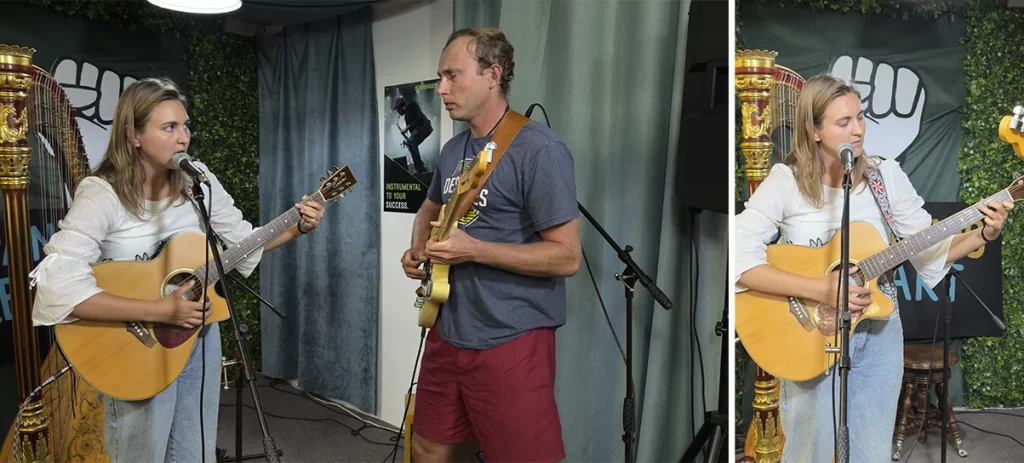
I was introduced to traditional Greek music. And in her early days as FĒI LÍN, Yazmin helped me remember how to have fun and enjoy the process of writing songs. I started to explore just how versatile the harp could be.
When I started playing with my partner Alex, it all went a little further. His figured-out-guitar-picking-by-playing-the-Chilli-Peppers-in-his-teenage-bedroom approach ended up being exactly what I didn’t realise I needed. We started to play around with the small – though promising – overlap we found in our music taste. We experimented with what our instruments could ask of us. Could I get more rhythmic backing so Alex has the space to do something weird on lead? Could we get the guitar to sustain notes so I wouldn’t have to make everything into an arpeggio?
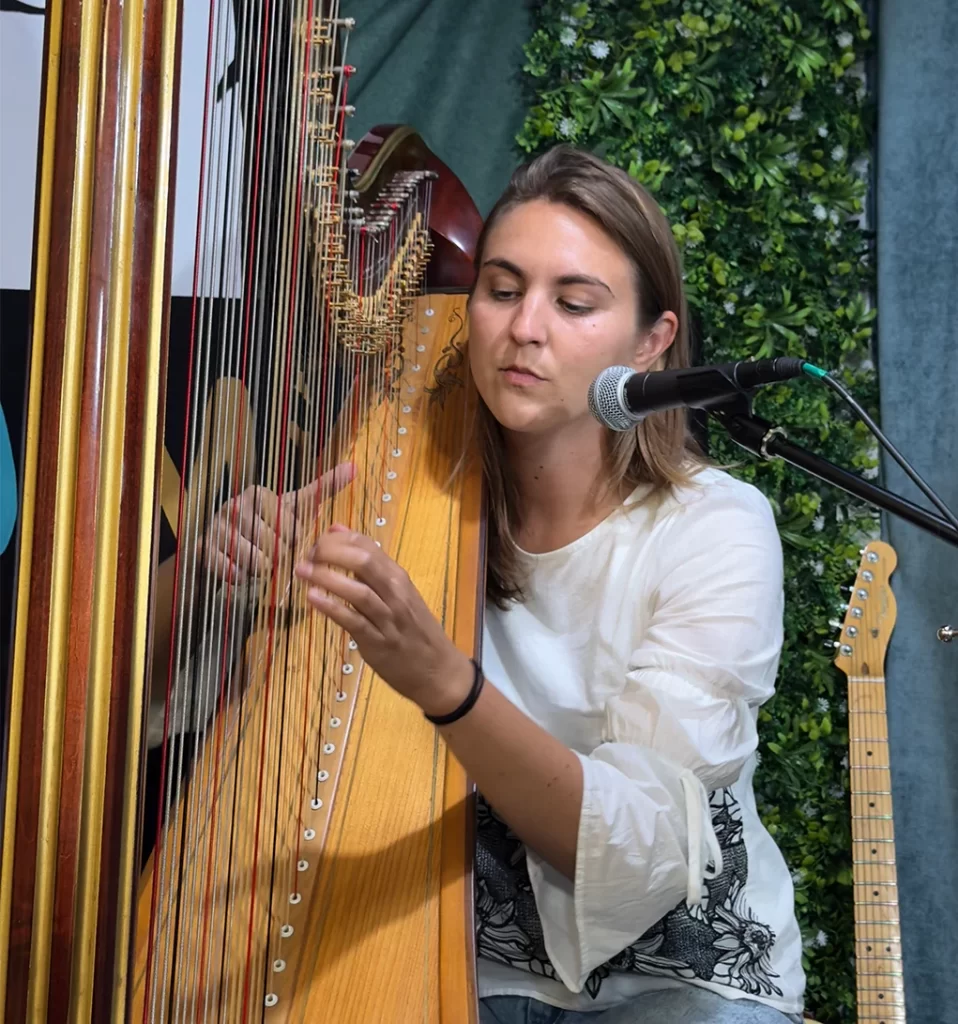
It’s all still a work in progress. Six months in, and I feel like we’re just scratching the surface of what and how we want to create. I still fight my tendency to define each chord and map every progression; Alex still finds himself resisting structure. But one thing keeps coming up for me: the harp is capable of so much more than elevator music and Victorian era sitting rooms.
There are plenty of harpists out there bending the rules – jazz and blues harpists like Harpista and Amanda Whiting, or Joanna Newsom inventing a genre of her own. I’ve seen electric harps using loop pedals, lever harps built into Latin bands, and plenty of singer-songwriters bringing the instrument into the 21st century.
We all know about Florence & The Machine’s harpist. It just perhaps took me a while to realise I had created my own blinders. Thank god for Coromandel musicians.
I still pick up Pierne now and again to humble myself, I still love playing the usual relaxing mix at weddings, and I will forever be in awe of classical harpists who have the patience I could never find (search Harrison Chau for some next-level younger talent in the New Zealand harp world). But what’s exciting me now is what the harp could mean for a genre outside of that perfect princess-y image. And for the first time in a while, the journey to figure it all out is proving just as fun as the view from the stage.
___________________________________________________
Come to my next gig:
Solo daytime concert in collaboration with Thames Music Group: March 21st, 12:15 pm, St George’s Church
Instagram
Brought to you by New World Whitianga


